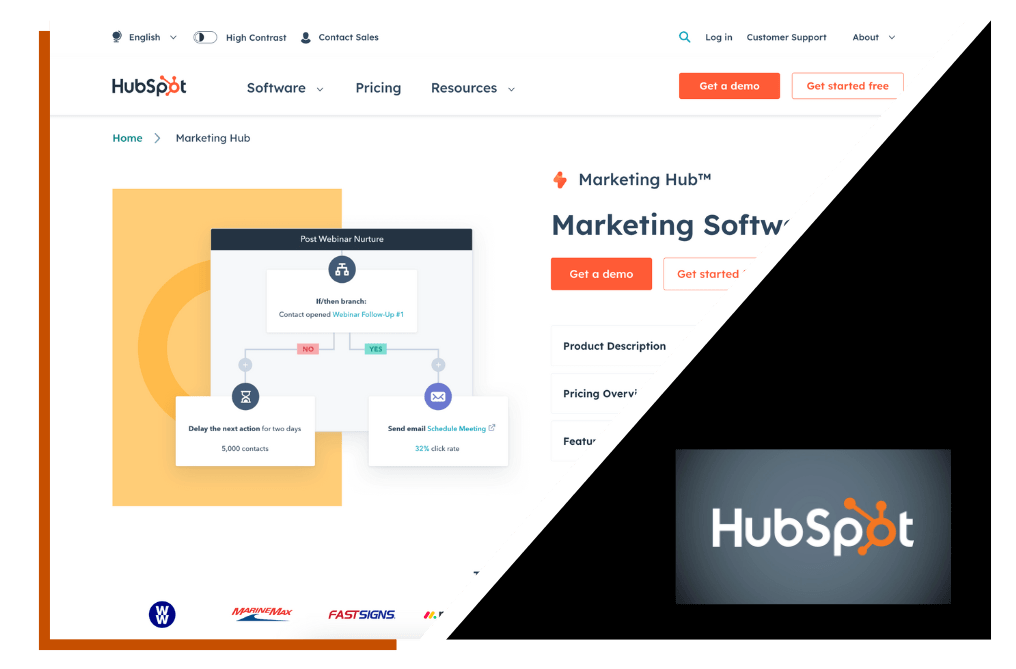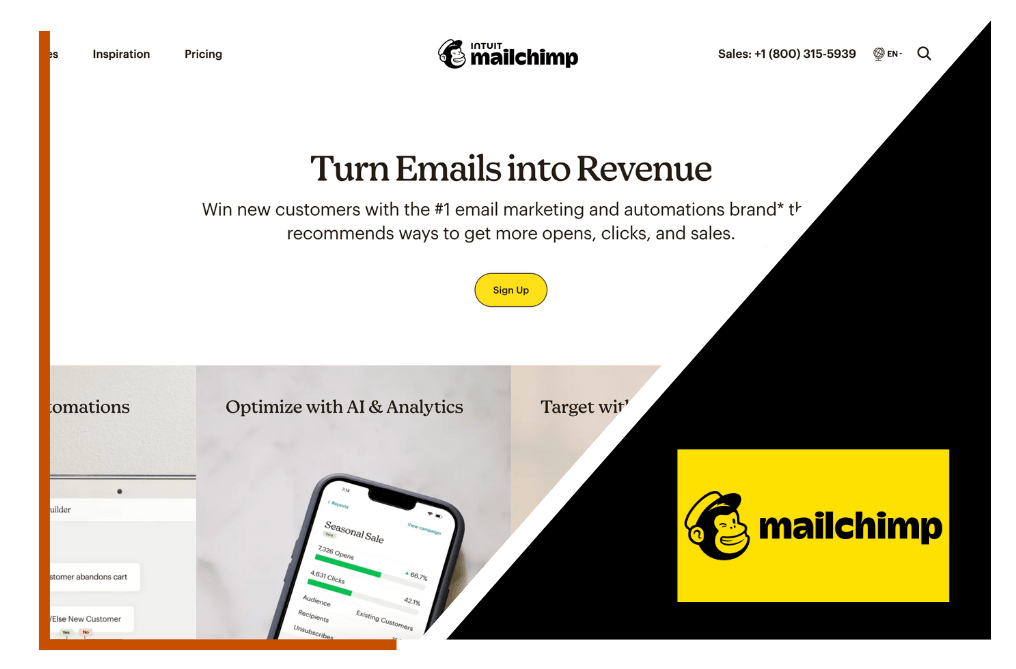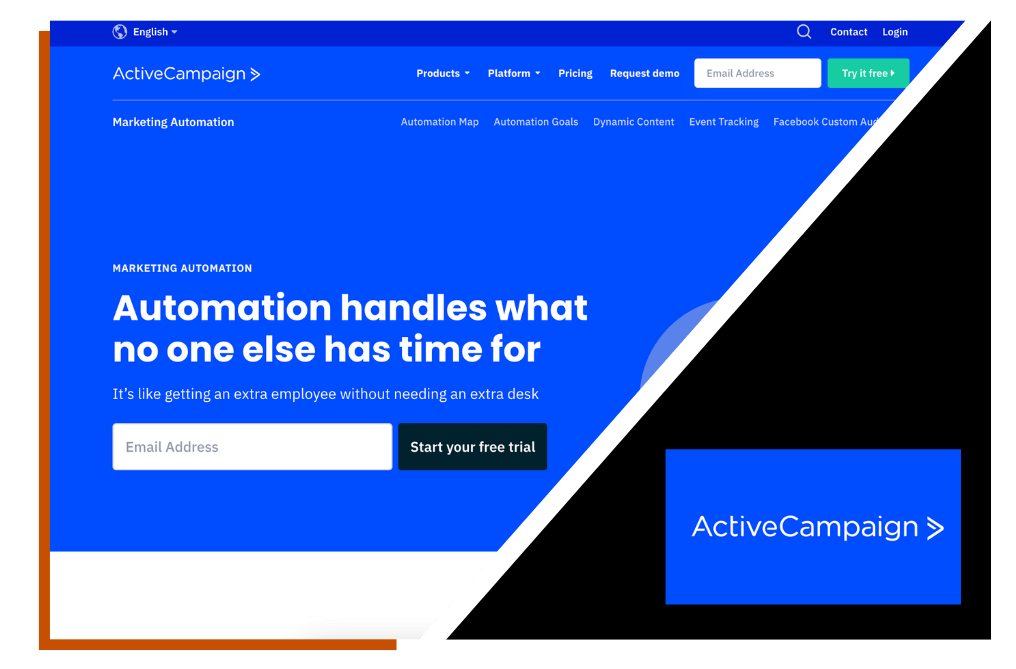4 Best Email Marketing Tools
"Email marketing" sounds a bit old school considering it has been in widespread use for nearly 40 years. But when it comes to reaching customers, email marketing is still one of the most effective tools aspiring companies utilize.
Considering its importance, choosing an email marketing tool that serves your business needs is crucial.
First, a little context for any doubters.
According to recent research, email marketing has an ROI of $36 for every $1 spent – much higher than any other form of marketing. As of 2020, over 4 billion people use email worldwide, and by the end of 2024, 361 billion emails will be sent each and every day. That means consumers are comfortable with this form of communication, and many report being glad to hear from a business they like.
Actually, it’s more than that.
A full 60 percent of consumers have made a purchase as the result of a marketing email they received. In contrast, just 12.5 percent say the same of social media marketing. That may seem counterintuitive in the age of TikTok, but the numbers don’t lie, proving email marketing is still a vital part of the business world – especially if you have a small budget to work with.
If you’re a start-up business or one of the many digital creators aiming to monetize your work, you need to get this task right, and that means finding the best email marketing tool for the job. There is no shortage of services aimed at helping harness the power of “you’ve-got-mail,” but to grow a business effectively, you’ve got to know what to look for.
Our Picks: The FOUR Best Email Marketing Tools.
1. Mailchimp
When it comes to the best email marketing tools, this is one of the biggest names out there – and for good reason. Founded in 2001, it set the standard for the “all-in-one” email marketing category, and it’s still one of the best options for beginners or small operations. Its templates are clean, its drag-and-drop editing is intuitive, its automation will run effective email journeys and its analytics will help you decide what worked, and what didn’t.
All those features are bundled into multiple price tiers, and there’s a popular Free Plan for users with less than 1,000 email list subscribers. Not to mention, the Customer Journey automation tool serves your audience with timely content.
Key Features
- Industry-standard email builder that's easy to use.
- Free plan if you have <1,000 email subscribers.
- Great variety of features to automate and nurture your audience.
2. ActiveCampaign
ActiveCampaign is another top choice; its email builder is drag-and-drop with dynamic features that can serve a variety of your email marketing and automation needs. ActiveCampaign also helps optimize your work by letting you A/B test up to four email/subject line variations at a time. And if someone puts an item in their cart, but leaves without buying, ActiveCampaign can help get them back to finish the deal.!
Key Features
- Straightforward email builder with dynamic features for simple or complex email needs.
- Automation builder that allows for easy creation and deployment of timely content.
- Built-in A/B testing to get the most from each campaign.
3. HubSpot

HubSpot is much more than an email Marketing tool. In fact, they have developed quite complex software for all things CRM. The email marketing features offered by HubSpot are similar to numbers 1 and 2 on this list; however, where HubSpot is unique is its all-in-one CRM solution approach. Essentially it's like buying into an ecosystem where each tool (email marketing, website, CRM, etc.) is all running on the same system.
Key Features
- Industry-best email marketing features and customizability.
- Great for growing companies needing an all-in-one solution.
- Wide variety of features for small businesses.
4. MailerLite
MailerLite is an easy-to-use email marketing tool – especially for beginners – but where it really excels is at selling subscriptions. Users can choose from three campaign styles, then personalize the messaging for different target customers to get the most out of your email effort. Much of the workflow is automated, and one of the best features is its free version.
If your email list is 1,000 subscribers or less, you can design your own custom email campaign and send as many emails as you want, making it great for smaller businesses or digital creators with a subscription model. Many in the growing digital economy are focused on e-learning and online classes – it's an industry projected to be worth about 645 billion by 2030 – and if that’s you, this might be a winner.
Key Features
- Targeted customization for different customer segments
- Automated workflow templates
- Free version for 1,000 subscribers or less
Email Marketing Serves One Purpose.
Email marketing is still an important part of today’s digital landscape, even if you’re not running a massive company. And it doesn’t have to be overwhelming. With a sound email marketing strategy/platform in place, your business can realize more revenue, greater customer loyalty, and growth.
Get Started With Cause Machine
Starting with a community engagement strategy is the secret to building a successful platform in the long term. Cause Machine helps customers build the plan of engaging a community well and then begin mapping out the technology to help support that strategy. We’re certain that you’ll find some great resources and powerful tools in Cause Machine to better engage your community. Learn how it can work for you here.
Related Content






Comments